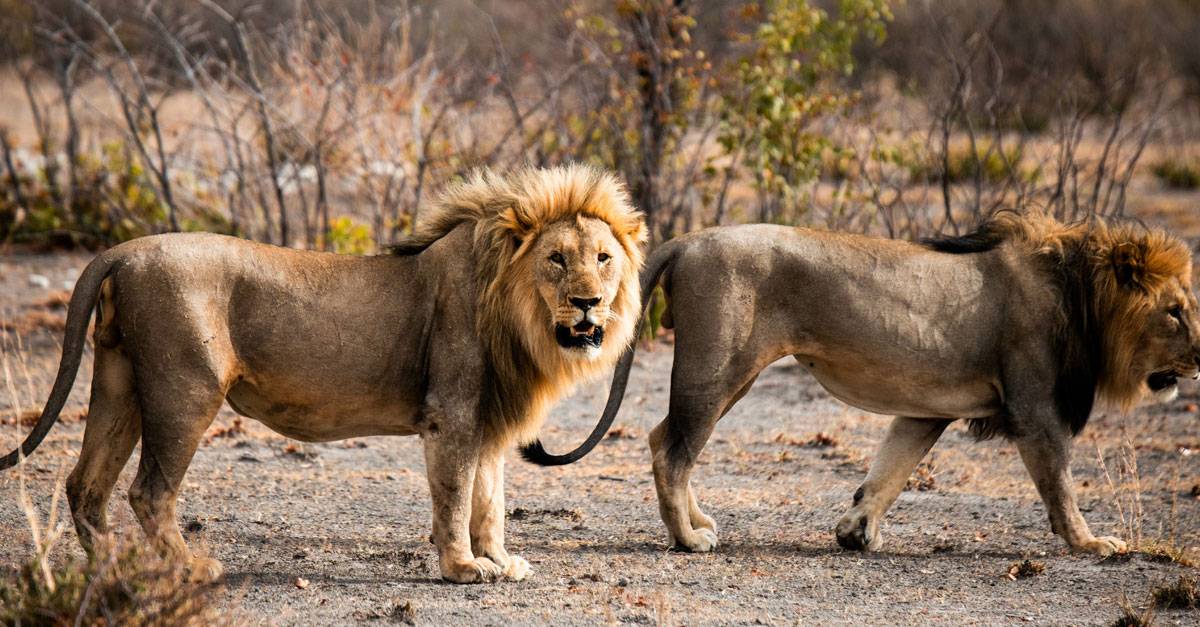Determining Trophy Value: Factors and Controversies
The value of a trophy is determined by several factors, including the rarity of the species, the size and quality of the trophy, and the demand from hunters. Each animal’s trophy, whether head, hide, horns, tusks, or fangs, is carefully evaluated according to specific criteria. Typicality, symmetry and beauty are among the essential criteria used to assess the value of a trophy. Professional evaluators compare the trophy to established standards to arrive at a final score.
Trophy hunting has long been controversial, with critics arguing that it promotes unethical treatment of animals and contributes to population decline. Animal rights advocates contend that conservation efforts should focus on non-consumptive methods, such as ecotourism. However, proponents of trophy hunting contend that it can provide significant financial contributions to conservation efforts, support local communities, and aid in wildlife management. Balancing these conflicting perspectives is critical to ensuring the long-term survival of endangered species.
Africa’s Most Prized Trophies
The lion, often referred to as the “King of the Savanna,” reigns supreme as one of the most sought-after trophy animals. Conservationists argue that lion hunting is a lucrative endeavor, with each hunt generating an average of $71,000. However, overhunting has led to a decline in lion populations, particularly in Tanzania. Despite the controversy surrounding lion hunting, proponents suggest that without the income from trophy hunting, locals may resort to more harmful methods of dealing with these apex predators.
Elephants, known for their majesty and intelligence, are prized trophies for many hunters. But the biggest threat to these gentle giants comes not from trophy hunters, but from poachers seeking their ivory and organs. The commercial poaching industry poses a serious threat to elephant populations, and concerted efforts are being made to combat this illegal trade. It is important to note that trophy hunting has strict regulations in place to ensure sustainable practices and contribute to conservation efforts.
Wealth Aggregation: Simple, Dynamic, and Secure Beyond Compare. Discover the Altoo Wealth Platform!
The Southern White Rhinoceros, once on the brink of extinction, owes its resurgence in part to regulated trophy hunting. With only around 20,000 remaining in the wild, conservationists credit private game reserves and the revenue generated from trophy hunts for the restoration of their habitats. It is crucial to differentiate the Southern White Rhinoceros from the critically endangered Northern White Rhino, which teeters on the edge of extinction. Trophy hunting plays a complex role in the conservation of these magnificent creatures.
Characterized by incredible agility and strength, the leopard is a prized trophy because of its elusive nature. Hunting leopards often involves the use of bait to lure them within range. While the International Union for Conservation of Nature lists leopards as “near threatened,” recent policy changes in Zambia suggest a lifting of the hunting ban due to a significant increase in the leopard population. Conservation efforts must strike a delicate balance to ensure the survival of these enigmatic predators.
The Economics of Trophy Hunting
When managed responsibly, trophy hunting can generate significant revenue for conservation efforts. In South Africa, trophy hunters contribute approximately 0.3% of the country’s total GDP, providing economic incentives for wildlife and habitat conservation. Funds generated from trophy hunting are often reinvested in local communities, supporting education, healthcare and infrastructure development. It is essential to establish a robust legal framework to ensure that these financial contributions are effectively used for conservation purposes.
Strict regulations and ethical guidelines must be in place to ensure the sustainability of trophy hunting. Game reserves and hunting outfitters adhere to quotas and restrictions to prevent over-hunting and protect endangered species. Conservation organizations work closely with governments to establish responsible hunting practices that prioritize species conservation while providing economic benefits. Cooperation and oversight are critical to maintaining a delicate balance between conservation and trophy hunting.



